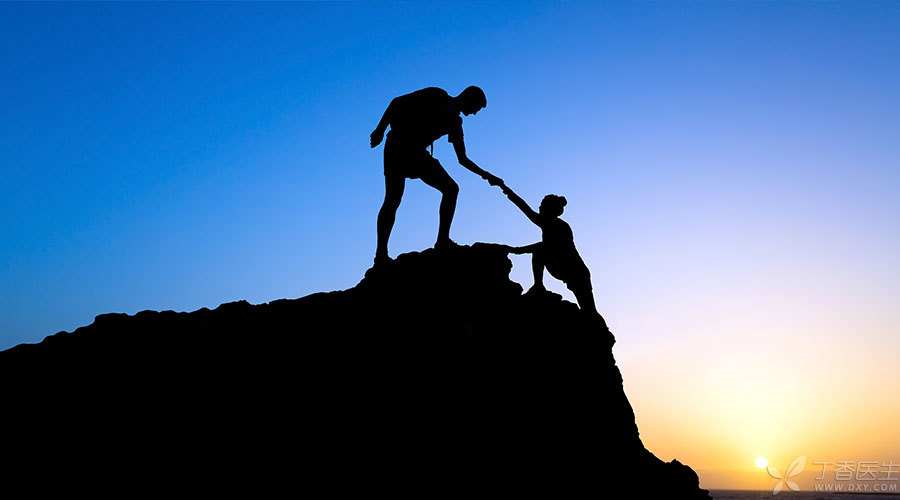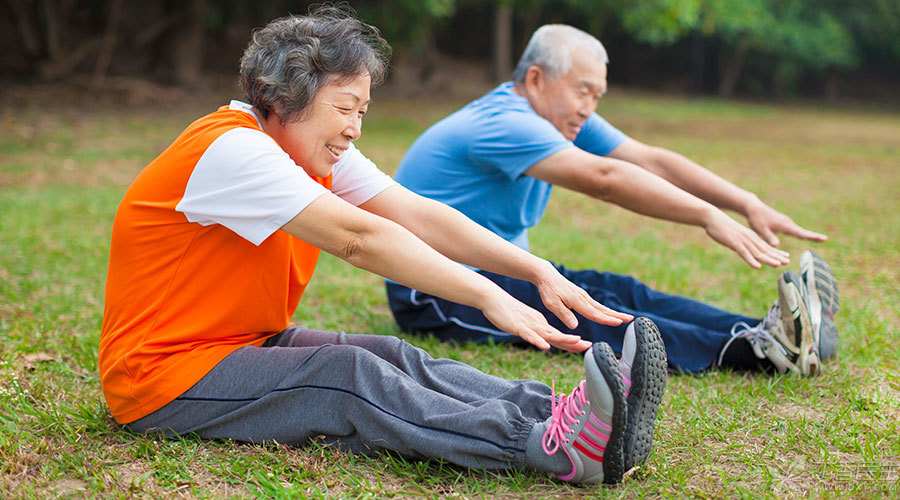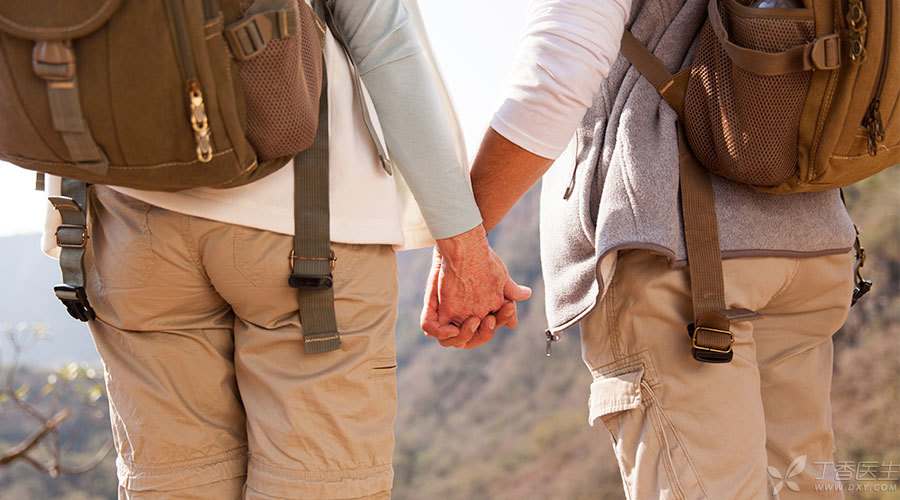
The beautiful spring is a good time to climb mountains. Meeting a few old friends and looking up from afar together can make you feel happy and keep fit at the same time. However, the middle-aged and the elderly cannot climb mountains with the same strength as the young. They should not only pay attention to methods, but also pay attention to many places.
Today’s health headlines have sorted out the matters needing attention for the middle-aged and the elderly to climb mountains. You must remember them.
1. What preparations should be made before climbing the mountain?
(1) Warm up in advance
Before climbing the mountain, do some warm-up exercises and move your joints, like walking on a flat road for 10-20 minutes. In climbing the mountain, don’t be too strong in seeking victory. Once you feel uncomfortable, stop immediately.
(2) Choose the appropriate mountaineering route and time
Choose a familiar and crowded mountain climbing route.
Before climbing the mountain, know the weather situation of the day through the weather forecast, and choose to climb the mountain in warm weather. The best time to climb the mountain is 3 or 4 o’clock in the afternoon. If you choose to climb the mountain in the morning, it is best after the sun comes out.
(3) Bring communication tools
Don’t go to places where there are no people. Bring your mobile phone and contact the outside world for help in case of accidents.
(4) Choose hiking shoes, hats and trousers
Mountaineering shoes can not only reduce the burden on feet, but also prevent slipping.
As the altitude increases, the temperature will decrease. Long-sleeved clothes and hats can not only keep warm but also block strong ultraviolet rays on the mountain.
(5) Prepare water, chocolate and sugar
Sugar is the substance that the human body absorbs the fastest. It can quickly restore physical strength. It is best to rest for a while before eating. It is also very important to replenish water. It is best to drink less many times and drink two or three mouthfuls at a time before the human body can effectively absorb it.
(6) Don’t forget the commonly used drugs
In addition to band-aids, traumatic sprays and other trauma drugs, the elderly with diseases must bring the first aid drugs they usually take for a rainy day.
(7) Prevention of mosquito bites
Mosquito bites not only itch, but also may infect dengue fever, malaria and other diseases. The long-sleeved clothing mentioned above is a good protective measure. In addition, we can also use mosquito repellent to repel mosquitoes.

2. How to reduce the damage to knee joint during mountaineering?
(1) Pay attention to the method of going up and down the mountain.
When going up the mountain, the body should lean forward slightly according to the slope, and the forefoot should touch the ground first. When going down the mountain, the body should lean back slightly, and the second half of the foot should touch the ground first.
In addition, breathing is also very important. Breathing must match the rhythm of climbing the mountain. According to the situation of oneself and slope, one breath at a time or two breaths at a time can be adopted. When the slope of the mountain is steep, you can turn down the mountain sideways and along the [S] shape.
In addition, mountaineering pays attention to [not afraid of slowness, but afraid of standing]. You should walk slowly, preferably for half an hour and rest for ten minutes. Otherwise, not only will the exercise effect not be achieved, but also the burden on your heart, lungs and muscles will be increased due to the rapid change of exercise amount.
(2) Use a climbing stick
Many mountain roads are steps. Long-term walking will have a great impact on the knee joint. The use of mountaineering sticks will not only have a good protection effect, but also save a lot of strength, and at the same time reduce the probability of slipping and spraining.

Who is not suitable for mountaineering?
(1) Patients with cardiovascular and cerebrovascular diseases should be accompanied by someone
This kind of patients must ask the doctor if they can climb the mountain before climbing. Even if you can climb the mountain, you should be accompanied by your family and friends, and you should also pay attention to carrying drugs with you.
(2) Diabetes patients should be alert to hypoglycemia
Climbing mountains consumes a lot of energy. Diabetic patients should eat some food before climbing mountains or start climbing mountains one hour after meals to prevent hypoglycemia.
(3) It is better not to climb mountains if you have osteoarthrosis.
When people go up the mountain, their knees often keep half flexion, and it is very laborious to go up the mountain, thus causing great wear and tear on the knee joints. Often there are old people who suffer from knee pain after climbing the mountain, which is often caused by wear and tear. This kind of people can choose to exercise with less joint wear to keep fit, and walking slowly is a good choice.
(4) Other
In addition, people suffering from epilepsy, vertigo and emphysema should not climb mountains.
